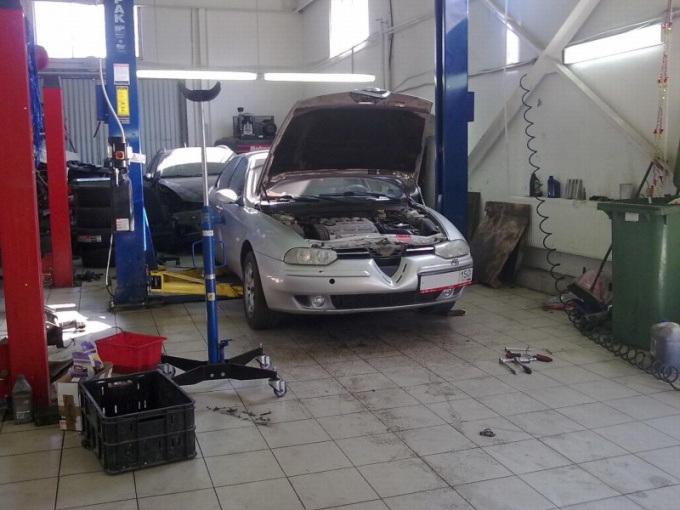You will need
- - two hoses;
- - clamps and tape FUM;
- compressor;
- vacuum cleaner;
- pump;
- - capacity of the fluid to drain;
- acid antiscale, special tools for cleaning the radiator, etc.
Instruction
1
Look in the engine compartment of your car and locate the two hose coming from the stove. Detach these hoses in different vehicles, this requires different actions. Anyway, gently remove all the disturbing details and remember the sequence of steps to fold the fastener separately.
2
Freeing the hose ends, lengthen them with a garden, from an old washing machine or any other hoses. Secure the joint with clamps and tape FUM, to ensure tightness, otherwise you may ruin the interior.
3
Lower the hose down, it will drain and raise the upper above the stove (if possible, above the panel in the cabin). Blow out with a compressor or vacuum cleaner (if there is such function) of the residual water.
4
Fill the stove with cleaning fluid. This can be plain water, boiling water, salt, acetic or any other acid antiscale, undiluted "Silit" or other cleansers. Of course, if you have the opportunity buy special products to clean the heater radiator. Give the opportunity to react and to soak the dirt, highly corrosive materials do not hold more than 10-15 minutes. Not very corrosive substances (e.g. cleaning products for sanitary ware), you can leave it on overnight.
5
Gently drain the liquid by means of a second hose. If you poured the acid, be prepared for a violent reaction and foaming. Repeat the procedure several times until the radiator starts flowing transparent liquid.
6
Thoroughly rinse the radiator with water. To provide the desired pressure, attach the hose to the water system of the house (bathroom faucet), use a pump or compressor. You can wash the radiator from both sides, pouring water at a time, from one side or the other.
7
For cooler flushing can be used deep pump. Connect it to one of the hoses and put in a bucket of water (you can add detergent or acid). Then turn on the pump and run water through the radiator. Connect the pump to the other hose and repeat the procedure.
